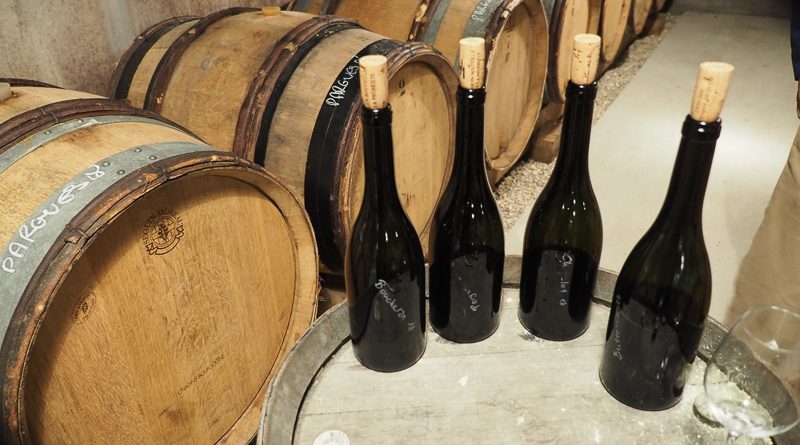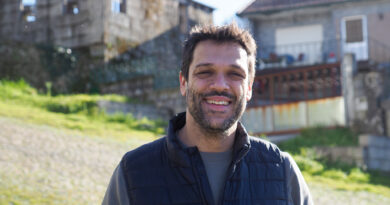Tastings in the time of ISO
These times of isolation have led to a proliferation of virtual meet-ups, using various tools. There’s Zoom with its security issues but amazing functionality. And perhaps my favourite is Instagram live, which is like a TV channel. Bored of an evening? You can hop into someone else’s live broadcast, and then dive out and hop into another. Although this can be embarrassing if you are the only one, or one of a very few, and then you kind of feel obliged to stay.
This afternoon, I’m doing my first interview with a winemaker over Zoom, which will hopefully result in good content. Even people who two weeks ago could barely work a mobile phone seem to be getting up to speed with digital connectivity tools, and isolation means more people have time to talk.
Some things work better than others, though. I’ve been invited to invest an hour or so of my time watching some winery principles unveil their new releases. The only problem is that we won’t have the wines in front of us. A watching wine tasting session. Maybe it will be brilliant and entertaining and they will have lots of cool things to say. But I’m not mad keen on the idea – wine tastings can be quite boring even when you have the wines to taste. [I found out later that this tasting was actually meant for the winery’s en primeur customers and was unreleased wines, and that actually it was very popular – the audience appreciated it.]
So, here’s an idea for virtual tastings. If the wines are too expensive or rare to send to journalists (and, also, sending a whole bottle of each is wasteful even if they aren’t), could there be a way of sample preparation that maintains the quality and integrity of the wine?
You could of course just open a wine, and pour 10-15 individual samples into appropriate containers. But the oxygen pick-up here would be an issue: the wine would begin to deteriorate. By the time you got the sample, it likely would be somewhat diminished by the process.
But what if you could construct a chamber that could be evacuated of air and filled with an inert gas (nitrogen would be the cheapest)? Then you could open the wine and fill the sample containers (these would themselves have to be flushed with gas to remove any air), and then seal them without any oxygen pick-up. These containers would likely keep the wine in good condition for the timescale needed to post them out to participants in the tasting.
This could be improvised quite easily. At its simplest, a large transparent plastic bag connected to a nitrogen cylinder with a small outlet hole would work. You just need to keep the nitrogen flowing through at a low rate. The containers you fill could be opened in this bag and the air they contain allowed to leave. You then open the wine inside the bag and pour all the samples, and seal them.
This would be an economical and practical way of running masterclasses or new release launches remotely. Suddenly, if I have the wine in front of me, I’m interested in your remote new release Instagram live or Zoom session.
There will come a time, we hope before too long, when isolation ends, and we can get back to normal. But I would like to see more of these digital encounters: they work quite well. They also cut down on travel, and these sorts of events could also help to make the wine trade in the UK less London centric. Something to think about?




